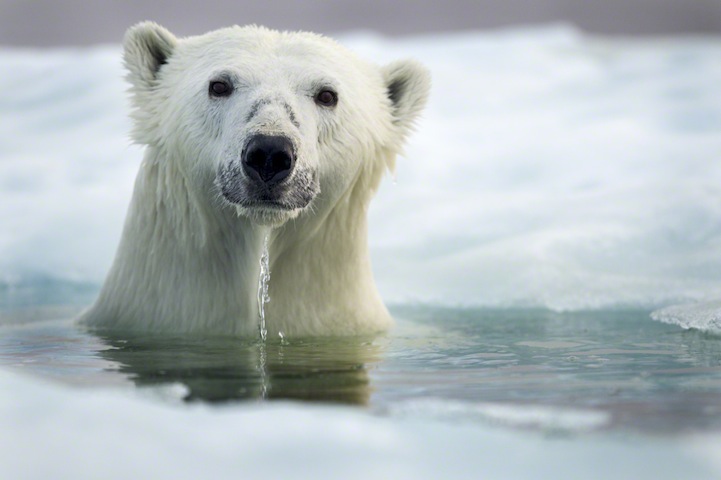
Photo by Tim Flach
How can this be?
You can’t be true!
How could a beast
turn out like you?
Your horns are ridged
and pointy too
Your trunk-like nose
divides in two!
You stand at only
two feet high
A child could look you
in the eye
You’re kin to cow

iflscience.com
and buffalo
You live on plains
where no trees grow
You’re native to
Mongolia
and prone to
melancholia
There are so few

saigaresourcecentre.com
dear saiga left
If you were gone
we’d be bereft
We all should recognize
your worth
An ancient treasure
of the earth
The saiga is a diminutive critter about the size of a small goat with distinctive horns and a highly unusual face. It has a nose like no other; long, inflatable nostrils that appear to be a sort of double-trunk. This nose serves a very important purpose. It filters out the dust which always seems to blow about in its western Mongolian native habitat, and when temperatures drop to below zero, the spacious nose pre-warms the air before it reaches the saiga’s lungs.
It is an herbivore and eats plants; lichens, sagebrush, grasses and bushes. They are ruminants, which means that they bring partially digested plant matter back up into their mouths to chew it again. This is called “chewing their cud” and it helps them get as many nutrients and energy as possible out of the plant matter that they eat.
This critically endangered animal has suffered a series of alarming die-offs in the past few years. In one terrible year, in 2015, over 200,000 saiga dropped dead. Scientist discovered that the cause of death was a bacteria, called “Pasturella” was the cause. With normal temperatures, this bacteria, which lives in the large noses of the saiga, is not a problem, but global warming has increased temperatures in the saiga range and that has proved deadly to the poor little animal. A hot, wet climate with the presence of this bacteria causes internal toxins to form and the saiga drown in their own internal fluids. More info at: The Atlantic and also at: blueplanetbiomes.org
While the saiga are hunted by wolves, foxes and birds of prey, like the Golden Eagle, the biggest threat to the saiga is humans and the global warming that is caused by human activity.
Hopefully, saiga populations will be able to bounce back. These animals can reproduce from a young age and a mother saiga often gives birth to twins. They are ancient critters that roamed across the earth during the Pleistocene or Ice Age period. The saiga survived while the wooly mammoth and saber-tooted tiger died out. We hope this little wonder will be around for generations to come. It is indeed an ancient treasure of the earth.

From theatlantic.com





